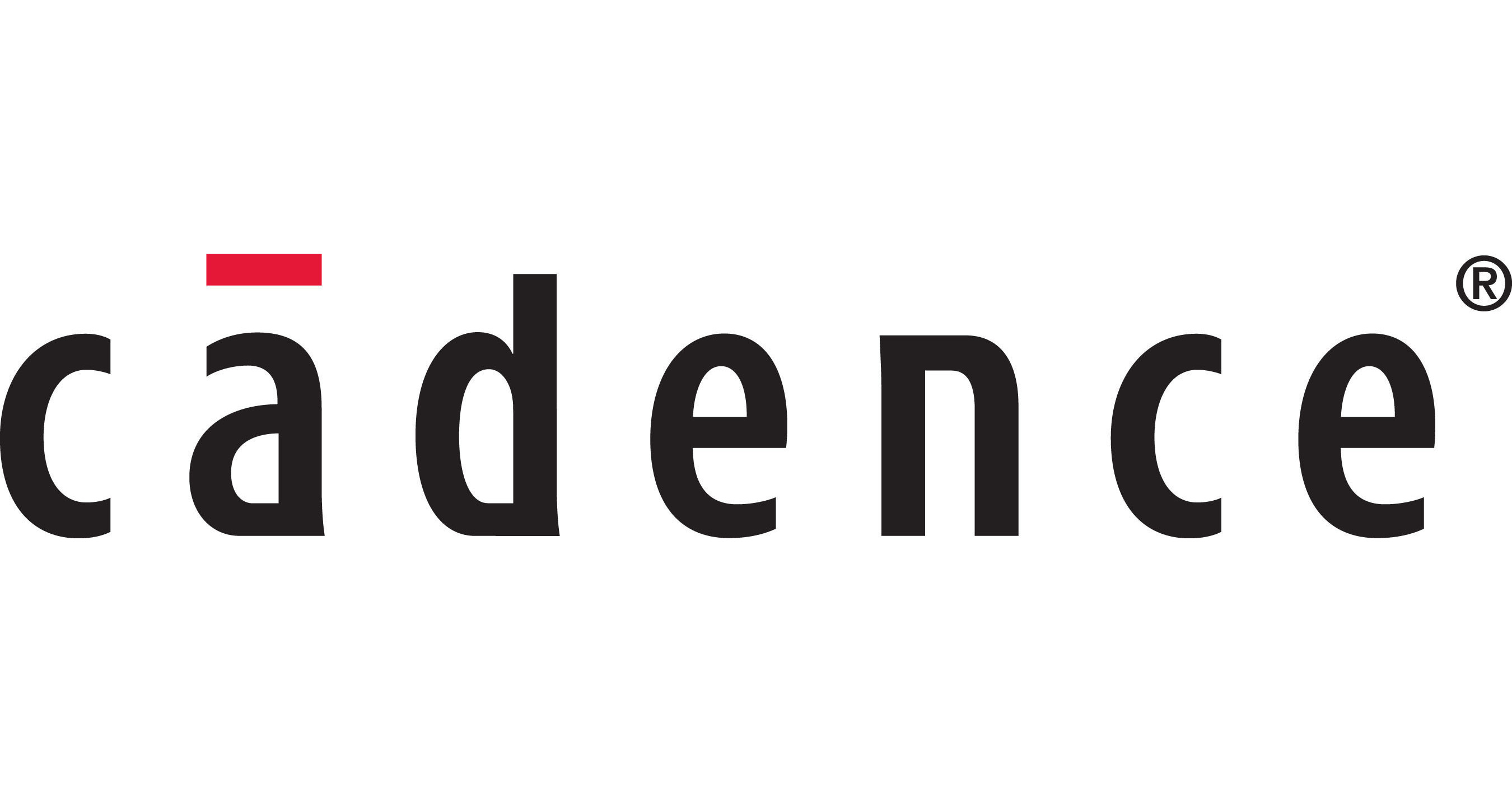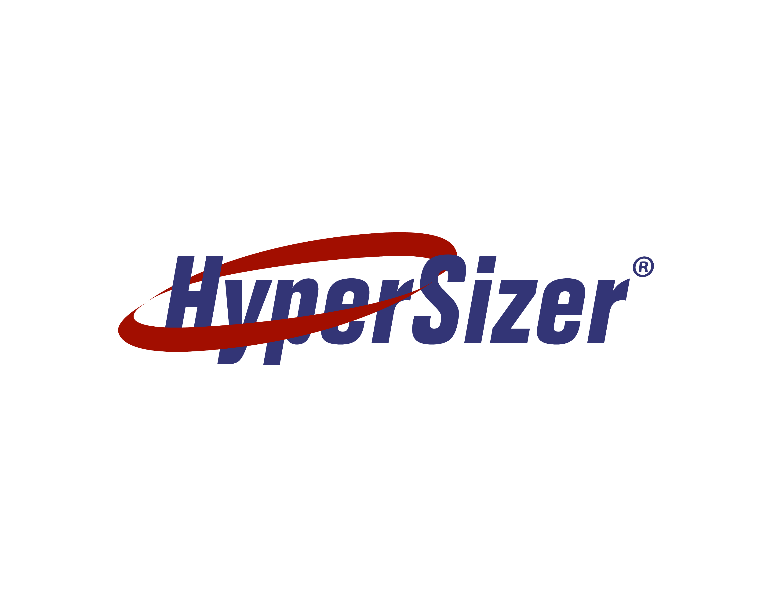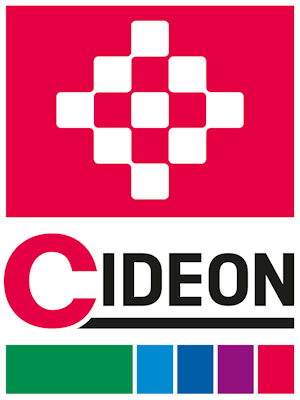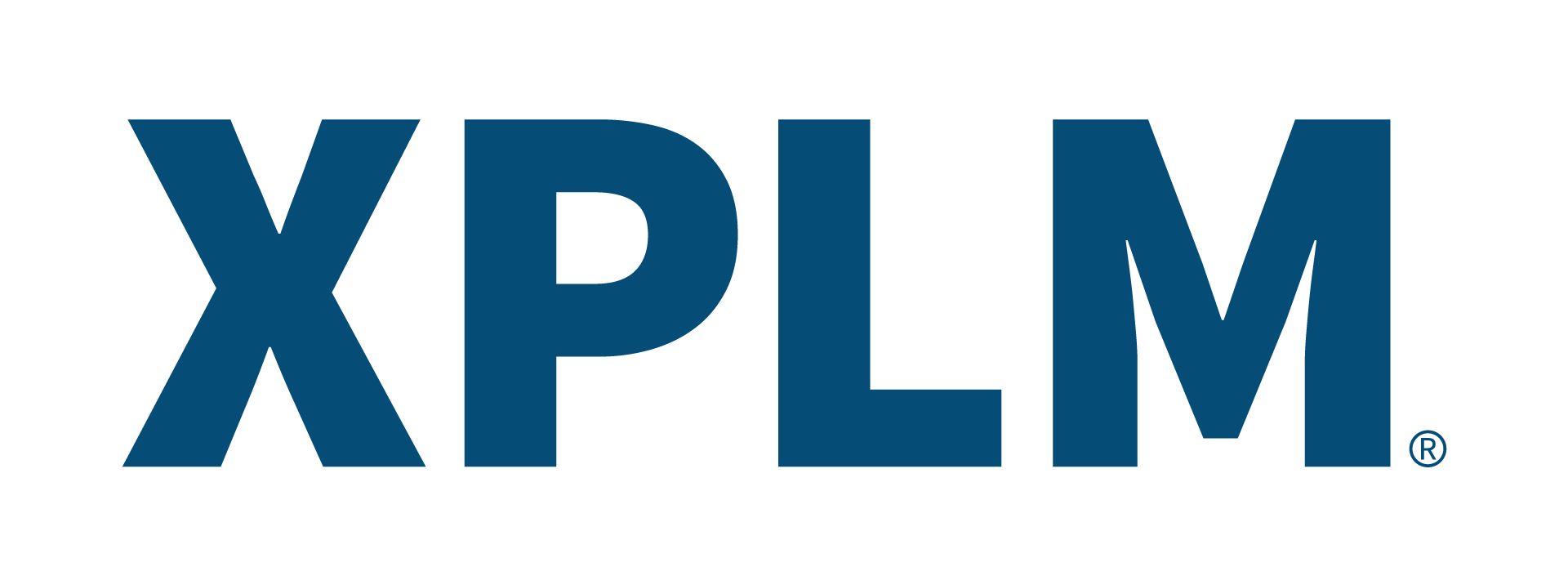MECODES is integrating the mechatronic approach into the two most frequently used CAD tools. As the primary integration platform for the mechatronic approach, the CATIA V5 or SolidWorks 2013 as the MCAD solution and the Altium Designer 10/12 as ECAD authoring tool have been selected. The common tasks in each CAD tool are tracked at appropriate steps in multi-domain collaboration.To establish an efficient collaboration environment it is necessary to introduce a version control system which is specific for the process of multi-domain collaboration. Since the mechatronic products are usually made out of components which have to be represented in both CAD systems, there is a common integrated library where such components are stored and which can be manipulated and synchronized. The common electro-mechanical tasks depend on the model exchange protocols which are based on standard industry protocols and they contain different model related information. In spite of common understanding between engineers it was also necessary to introduce a communication environment for efficient message exchange.

MECODES EDMD Collaboration CADENCE for CATIA V5

A solution by: CADCAM GROUP
Application domain: Product Life Cycle Management
Explore Partner solutions
PARTNER SOLUTION
MECODES EDMD Collaboration for 3DEXPERIENCE PlatformMECODES is the solution for the concurrent and synchronized product development across design disciplines, their teams, and related locations.Designed specifically for the collaboration of MCAD and ECAD systems, MECODES integrates mechanical, electrical and electronics design disciplines performed with market leading authoring systems such as the 3DEXPERIENCE platform. By introducing a new methodology for multi-domain collaboration for designing electro-mechanical products, there are no many common rework iterations. The essence of mechatronic approach is to facilitate collaboration between ECAD and MCAD domains in a way that the users in one domain have access to all relevant information in other domain.Without MECODES developers were frequently siloed in mechanical, electrical/electronic and software engineering teams in former times. It may be requested to collaborate between multiple locations, amongst companies, and in the supply chains. The resulting development process contains an immensely complex design workflow. This creates hurdles in the development process, requires data integration across the design disciplines, the exchange of incremental design changes, component collision- and rule-violation checking, for less rework, higher quality and shorter development times. Any disconnect means loss of time and opportunity and increased cost.
PARTNER SOLUTION
MECODES EDMD Collaboration for CATIA V5In conventional design approach using ECAD and MCAD authoring tools, electro-mechanical product are designed with many separate rework iterations in each tool. When the design is independently finished in each tool, the process continues to the common design phase where the MCAD and ECAD designers collaborate to produce the final electro-mechanical product. The mechatronic approach is quite different since there are no separate design phases in each of the authoring tools, instead there are many common rework iterations with no distinct boundaries between electrical and mechanical design. The nature of common rework iterations implies that real mechatronic collaboration must be integrated into the CAD tools to enable engineers to work across boundaries of their working domain. MECODES is introducing a new methodology for multidomain collaboration during the design of electromechanical products.
PARTNER SOLUTION
MECODES IDF3.0+ Import for CATIA V5More partners

PARTNER
DIGITAL PROJECT INC
PARTNER
CADENCE DESIGN SYSTEMS
PARTNER
COLLIER RESEARCH
PARTNER
CIDEON
PARTNER
DIMENSIONAL CONTROL SYSTEMS
PARTNER
BECHTLE PLM DEUTSCHLAND GMBH
PARTNER
PROSTEP
PARTNER
XPLM SOLUTION
PARTNER
HCL TECHNOLOGIES LTD
PARTNER
PITERION